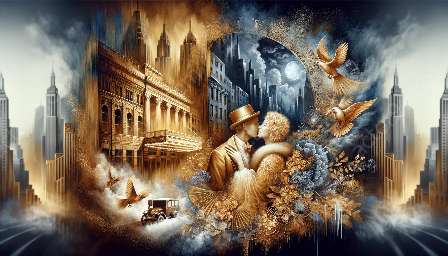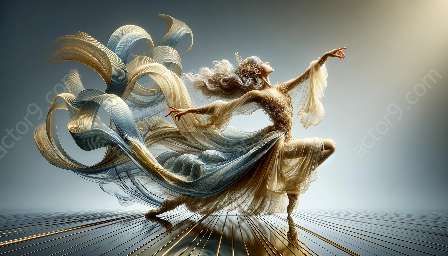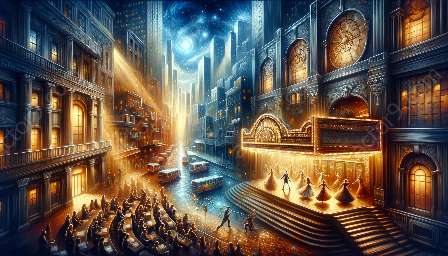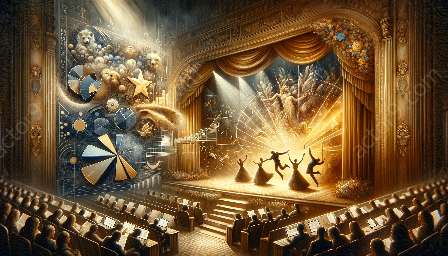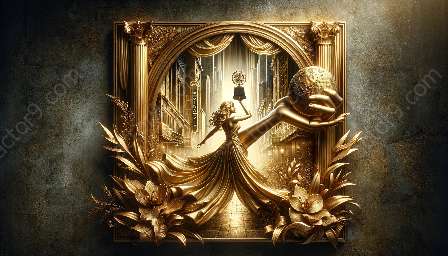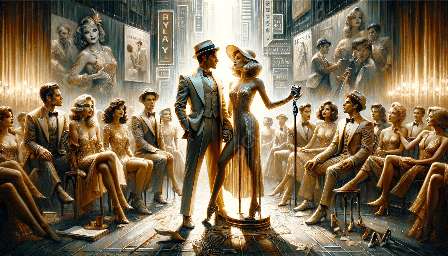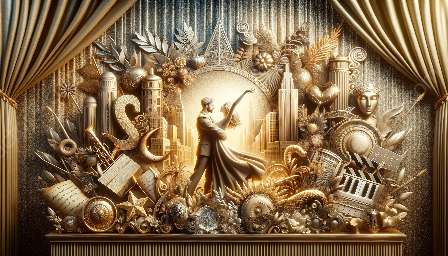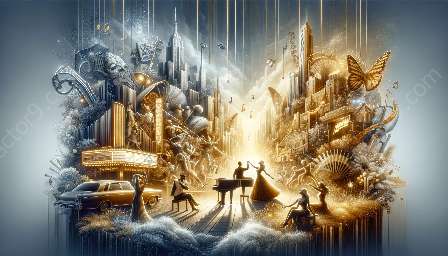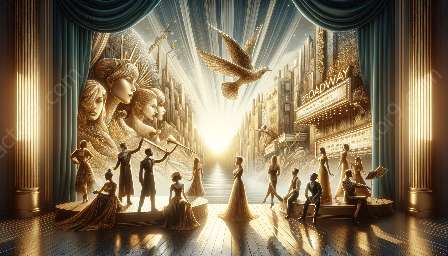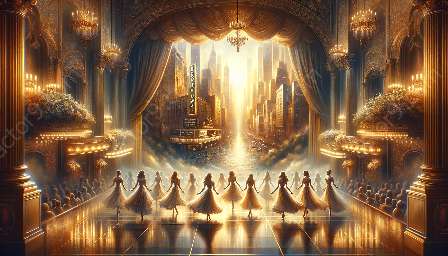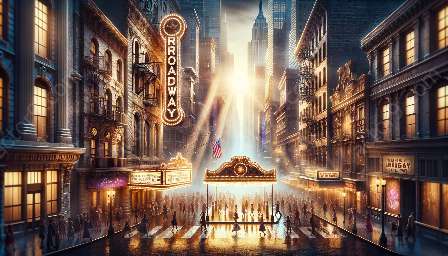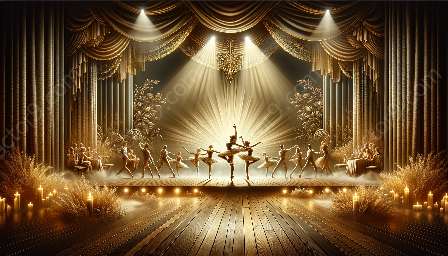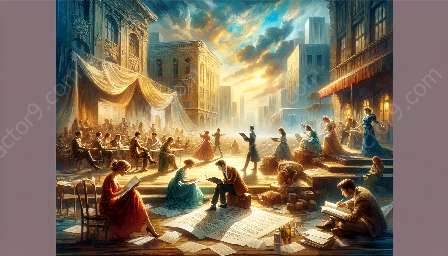Character development through choreography plays a crucial role in bringing stories to life on the Broadway stage. In the world of musical theater, choreography goes beyond dance routines and becomes a powerful tool for conveying emotions, defining characters, and driving the narrative forward. By exploring the connection between choreography and character development, we can gain a deeper understanding of how movement can enhance storytelling in Broadway productions.
The Role of Choreography in Character Development
Choreography serves as a visual language that communicates the inner thoughts, desires, and conflicts of characters. It allows performers to express their emotions and intentions through movement, adding depth and dimension to their roles.
When choreographers collaborate with directors and actors, they work to create movement sequences that not only showcase technical skill but also reveal the inner world of the characters. By embodying the essence of their roles through dance, actors can develop a more profound connection with their characters, leading to more authentic and compelling performances.
Connecting Movement to Emotion
One of the most remarkable aspects of character development through choreography is its ability to connect movement to emotion. Each step, gesture, and leap on stage is carefully crafted to reflect the psychological and emotional journey of the characters.
In Broadway and musical theater, choreographers use movement to convey a wide range of emotions, from joy and love to anger and grief. By aligning specific movements with each character's emotional arc, choreography becomes a storytelling device that resonates deeply with audiences, allowing them to empathize and connect with the characters on a visceral level.
Crafting Unforgettable Characters through Dance
Through choreography, characters come to life in ways that transcend mere dialogue and music. The physicality of dance allows characters to express their uniqueness, quirks, and vulnerabilities, making them more relatable and memorable to the audience.
Choreographers work tirelessly to create movements that capture the essence of each character, integrating personal traits, motivations, and conflicts into the dance sequences. As a result, characters become multi-dimensional and dynamic, leaving a lasting impression on the audience long after the final curtain call.
Choreography's Impact on the Narrative
Character development through choreography also influences the overall narrative of a production. Movement can shift the pacing, tone, and energy of a scene, providing insight into the characters' relationships and the progression of the story.
By carefully structuring choreographed segments, choreographers and directors can guide the audience through the narrative, heightening emotional climaxes, and reinforcing pivotal moments in the plot. The synergy between choreography and storytelling creates a seamless experience for the audience, drawing them deeper into the world of the show.
Conclusion
Character development through choreography is an indispensable aspect of Broadway and musical theater. The fusion of movement and storytelling empowers characters to transcend words and music, captivating audiences with their emotional depth and authenticity. As we continue to explore the art of choreography in theatrical productions, we gain a greater appreciation for its transformative power in shaping and defining characters on the grand stage.


